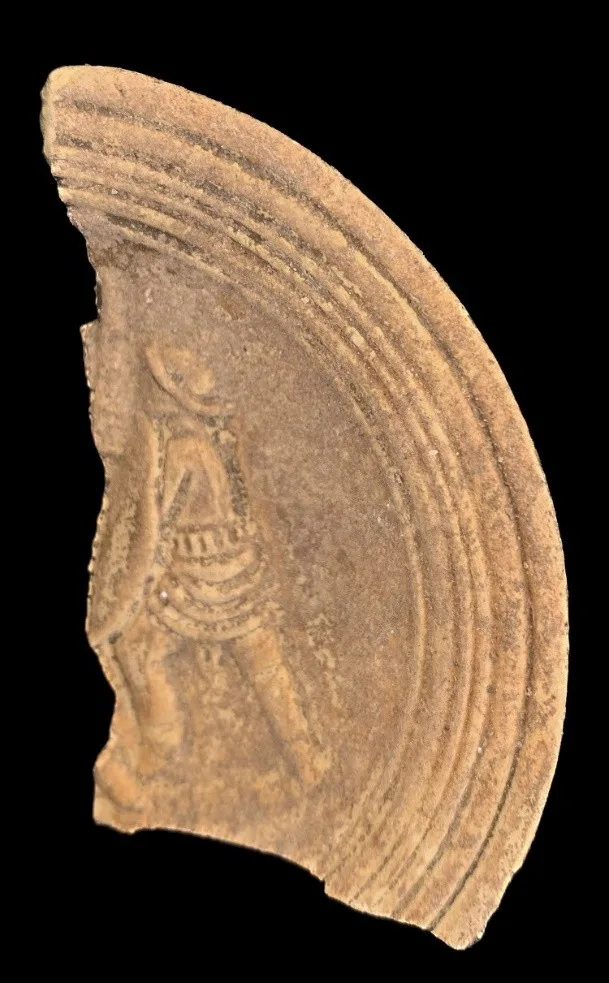Life-sized marble statues, now emblematic of ancient Greek art, began to emerge in the early 6th century B.C., evolving from earlier, smaller sculptures made of ivory, clay, and bronze that date back to the 8th century B.C. Recent excavations on the Greek island of Paros have uncovered significant new evidence about how these iconic works were crafted, offering archaeologists a rare glimpse into a sculpture workshop dating to the Hellenistic period (323–31 B.C.), popularmechanics.com, has reported.
The site has been under investigation since the 1980s, when researchers first noticed marble fragments and incomplete statues scattered around the area—clues that hinted at a sculpting facility. Early digs revealed three buildings that supported the theory of artisan activity. Further excavations in 2008 and 2013 expanded understanding of the site, with findings such as drinking and dining vessels from the Classical period (5th–4th centuries B.C.), indicating that the area also served a residential function.
And the discoveries haven’t stopped.
This year’s excavation unearthed major changes to the layout of the site dating from the late 3rd to early 2nd centuries B.C. New sections of the complex were revealed, including structures with impressively well-preserved walls. One notable room—featuring a pebbled floor and traces of mural decoration—was identified as an andron, a space typically used for male gatherings, lending further credence to the idea that the site was at least partially residential. Meanwhile, the abundance of marble debris and partially carved statues firmly supports the site’s identification as a sculpture workshop.


Excavators also uncovered several remarkable artifacts, including marble representations of Aphrodite and clay heads of female figures. The discovery of clay molds, metal slag, seals, and pigments suggests that the workshop was not limited to sculpture but may have supported a variety of artisanal crafts.
Although the press release from the Greek Ministry of Culture did not detail the exact age of the statues found, it’s likely they date to the same period as the surrounding buildings. If so, they would have been produced during a transformative phase in Greek art. Between 800 and 300 B.C., Greek sculpture was heavily influenced by Egyptian and Near Eastern styles, often characterized by stiff poses and emotionless faces. But by around 500 B.C., artists began striving for realism, celebrating the human form in more dynamic and expressive ways—a style that still resonates in art today, as many creators continue to draw from ancient Greek ideals of beauty and form.
Source: popularmechanics.com
